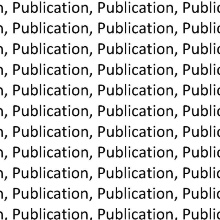Guang Yang, Xu Chu , Visakh Vaikuntanathan, Shanshan Wang, Jingyi Wu, Bernhard Weigand, and Alexandros Terzis have published the new SFB 1313 paper "Droplet mobilization at the walls of a microfluidic channel", in Physics of Fluids.
Abstract
The mechanism of dynamic wetting and the fluid dynamics during the onset of droplet mobilization driven by a microchannel flow are not clearly understood. In this work, we use microparticle tracking velocimetry to visualize the velocity distribution inside the droplet both prior to and during mobilization. Time-averaged and instantaneous velocity vectors are determined using fluorescent microscopy for various capillary numbers. A circulating flow exists inside the droplet at a subcritical capillary number, in which case the droplet is pinned to the channel walls. When the capillary number exceeds a critical value, droplet mobilization occurs, and this process can be divided into two stages. In the first stage, the location of the internal circulation vortex center moves to the rear of the droplet and the droplet deforms, but the contact lines at the top walls remain fixed. In the second stage, the droplet rolls along the solid wall, with fixed contact angles keeping the vortex center in the rear part of the droplet. The critical capillary number for the droplet mobilization is larger for the droplet fluid with a larger viscosity. A force-balance model of the droplet, considering the effect of fluid properties, is formulated to explain the experimental trends of advancing and receding contact angles with the capillary number. Numerical simulations on internal circulations for the pinned droplet indicate that the reversed flow rate, when normalized by the inlet flow rate and the kinematic viscosity ratio of the wetting and nonwetting phases, is independent of the capillary number and the droplet composition.
Publication "Droplet mobilization at the walls of a microfluidic channel", in Physics of Fluids


